11 things you didn't know about Oman, a country with no trains or trees
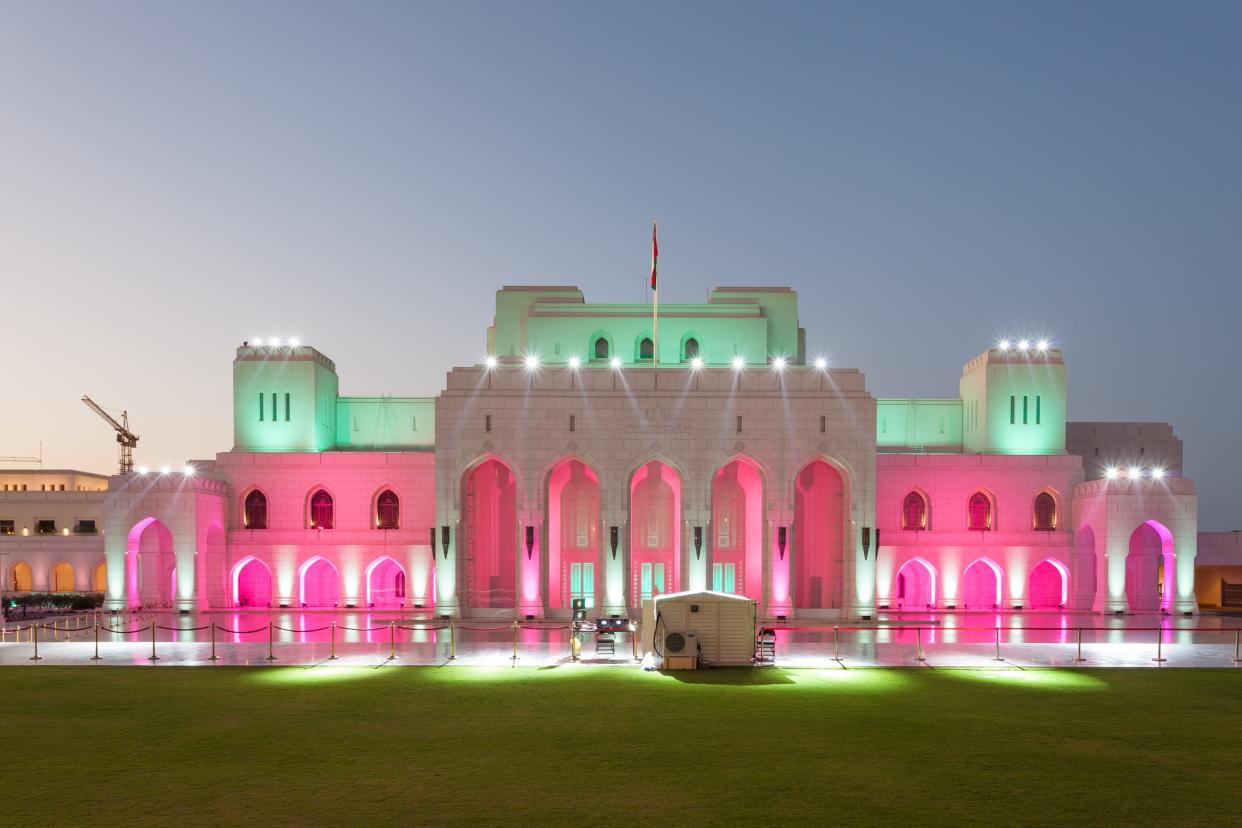
Neither as glitzy as Dubai nor as known for its history as Jordan, Oman could be described as that rarest of things - a part of the Middle East that, relatively speaking, has neither fame nor notoriety. Unappreciated? Underrated? Perhaps both these things. But today (November 18) is its national day - which is surely a fair enough reason to shine a light onto a semi-mysterious package. Through the following splendid facts.
1. It is safe to visit
Once upon a time this would have seemed an obvious statement with which to begin a travel feature. But such have been the problems in the Middle East in the last five/25/100 years (delete according to how broad a view of the region you are taking) that the fact Oman has not been popping up in "Breaking News" feeds for all the wrong reasons is a point worth mentioning. The Foreign and Commonwealth Office (FCO) advice page for the country is refreshingly short on warnings and maps largely coloured in red, and states that "most visits to Oman are largely trouble free." Splendid.
The world's 15 most dangerous countries (according to the Foreign Office)
2. Despite some of its neighbours
In terms of location, Oman is a bridge between two distinct halves of the Middle East. In the north, it rubs shoulders with the United Arab Emirates (UAE) - very much a glittery, tourism-facing section of the region, even if Dubai is not one of the emirates Oman shares a border with (it does, though, link arms with Fujairah, Sharjah and Ras Al-Khaimah). Turn to the south-west, however, and the mood changes. Here, Oman keeps company with war-torn humanitarian disaster-zone Yemen, and the Middle East's glowering Big Brother, Saudi Arabia. The FCO does not specifically advise that you steer clear of these lower frontiers - but then, you probably don't need telling that.
3. It is a play in three acts
Unlike many countries, which exist as singular entities which sit wholly within clear borders, Oman does not manage to keep all its stuff in one bag. Or, to phrase that another way, there are three distinct bits of it splodged across the Arabian Peninsula. There is the main chunk, obviously - which juts out into the Gulf of Oman and the Arabian Sea like an elbow. But there is also the Musandam Governate, an exclave which sits at the north tip of the peninsula - above the UAE, removed from the rest of the country. Then there is Madha - a tiny pocket of land which is part of the Musandam Governate, but separate from it - lying halfway between the exclave and Oman proper, surrounded on all sides by the UAE. Confusing? Yes. That's what Google maps are for.
4. Zighy Bay is a beach beauty
The Musandam Governate may be cut off from the rest of Oman, but it has one of the country's biggest enticements for visitors. Pitched on the east side of the landmass, where the Strait of Hormuz slips into the Gulf of Oman, this mountain-framed sliver of beach and rolling waves has quietly become one of the Middle East's best options for a sun-and-sea escape. Where? Well, perhaps the feted Six Senses Zighy Bay resort. Tropical Sky (01342 886 223; tropicalsky.co.uk) offers four-night stays at this five-star retreat from £1,299 per person (based on trips in May), including flights and breakfast.
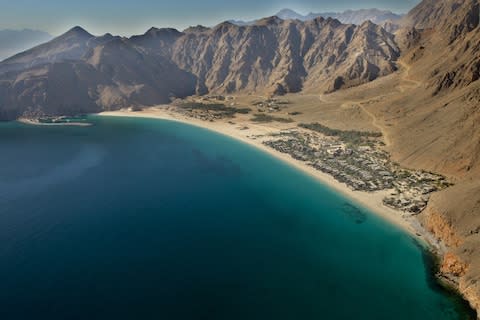
5. The capital is a fascinating prospect
Muscat likes to portray itself as one of the Middle East's most cultural cities. It's a fair point. If the National Museum (omantourism.gov.om) - which covers the country's role as a seafaring hub going back to the sixth century BC - does not snare your interest, then the Royal Opera House (rohmuscat.org.om/en), which opened in 2011 as one of the planet's foremost new structures purpose-constructed for the art form, just might.
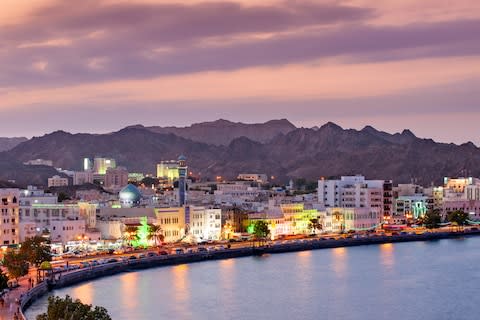
6. It's home to the world's third longest-serving monarch
Muscat is also home to the Al Alam Palace - the ceremonial home of Qaboos bin Said Al Said. And who is he? He's the sultan of Oman, and has been since July 23 1970. This means he has been on the throne for more than 47 years - an impressive regal innings which currently ranks as the third lengthiest on the planet. Only Hassanal Bolkiah, the sultan of Brunei, and our own Elizabeth II, have been crowned for longer.
10 reasons why Oman should be your next holiday destination
7. In origin, Muscat is very old
It has probably been on the map (as mentioned in fact 5) since the sixth century BC - and was certainly around in the second century AD, because the Greco-Roman geographer Ptolemy wrote about it, referring to it as Cryptus Portus (the Hidden Port).
At a glance | The countries without any trains
8. But it is also relatively new
The city suffered a year zero of sorts at the beginning of the 16th century. In 1507, it was caught up in Portugal's bid to make itself the foremost European power in the Indian Ocean - and was largely destroyed when the explorer-cum-conqueror Afonso de Albuquerque used the "burn it down first, ask questions later" method of bringing the port under colonial control. Still, he was impressed with his prize. "Muscat is a large and very populous town, flanked on both sides with high mountains and the front is close to the water's edge; behind, towards the interior, there is a plain as large as the square of Lisbon, all covered with salt pans," he wrote, lyrically, after its capture. "Here are orchards, gardens, and palm groves with wells for watering them by means of swipes and other engines. The harbour is small, shaped like a horse-shoe and sheltered from every wind." The Al Jalali Fort - which still watches hawkishly over said harbour - dates to the Portuguese period in the country (it was completed in 1586).
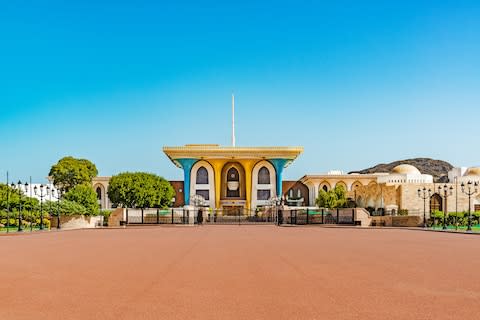
9. Its capital was once in Africa
Muscat's position as the centre of all things Omani was compromised in 1832. In fact, this was the year that the city endured a humiliating demotion. Oman had clawed the east African island (which is now part of Tanzania) into its grasp in 1698. By the middle of the 19th century, the ruler of the time, Said bin Sultan, had decided that he loved his tropical outpost so much, he was going to live there - and moved his capital to Stone Town. Much of the latter's ambience - narrow souk-like streets, its defensive Old Fort, its House of Wonders (an ornate former royal palace built in the late 19th century) - is pinned to this epoch. Expert Africa (0203 405 6666; expertafrica.com) sells an eight-day "Cardamom Beach Holiday" which spends two nights in Stone Town before heading to the isle's celebrated beaches - from £2,324 per person, with flights.
At a glance | The countries without any trees – including Oman
10. It has the "Grand Canyon of Arabia"
How grand? Pretty grand. Pitched high up in the north of the country, in Ad Dakhiliyah Governate, Wadi Ghul is a dramatic trench sliced into Omani soil. It hits a depth of just over a kilometre, its size amplified by the proximity of Jebel Shams - which, reaching a rooftop elevation of 9,872ft (3,009m), is the country's tallest mountain. It features in the "Oman & Zanzibar" odyssey sold by Cox & Kings (020 3883 6599; coxandkings.co.uk) - a 12-day affair which delves into the past to combine Arabia and Africa much as Said bin Sultan once did. From £3,155 per person, including all flights.
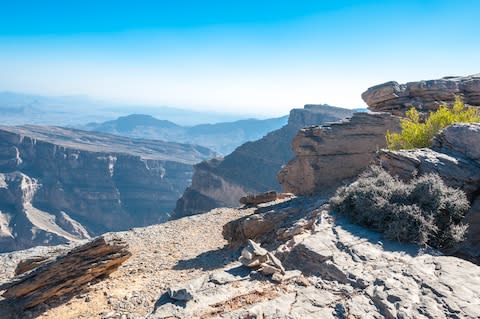
11. You can slumber in the heights
Jebel Shams is part of the Al Hajar mountain range, which cuts south-east to north-west across the upper corners of Oman. It is an area of lofty vistas and plunging rock-faces - but also of sumptuous accommodation. Not least the Anantara Al Jabal Al Akhdar resort, which can claim to be the highest five-star retreat in the Middle East (it perches at above 2,000m) - while also managing to have an infinity pool, a large spa and four restaurants. Double rooms from £332 per night (jabal-akhdar.anantara.com). Breaks can also be booked via Sovereign Holidays (01293 839205; sovereign.com).